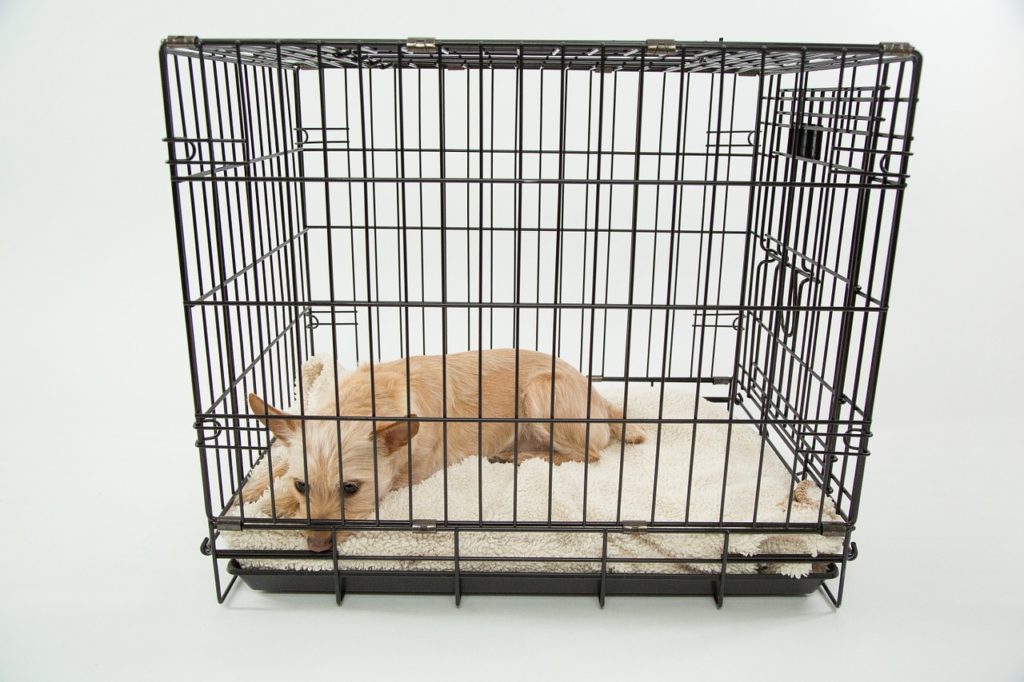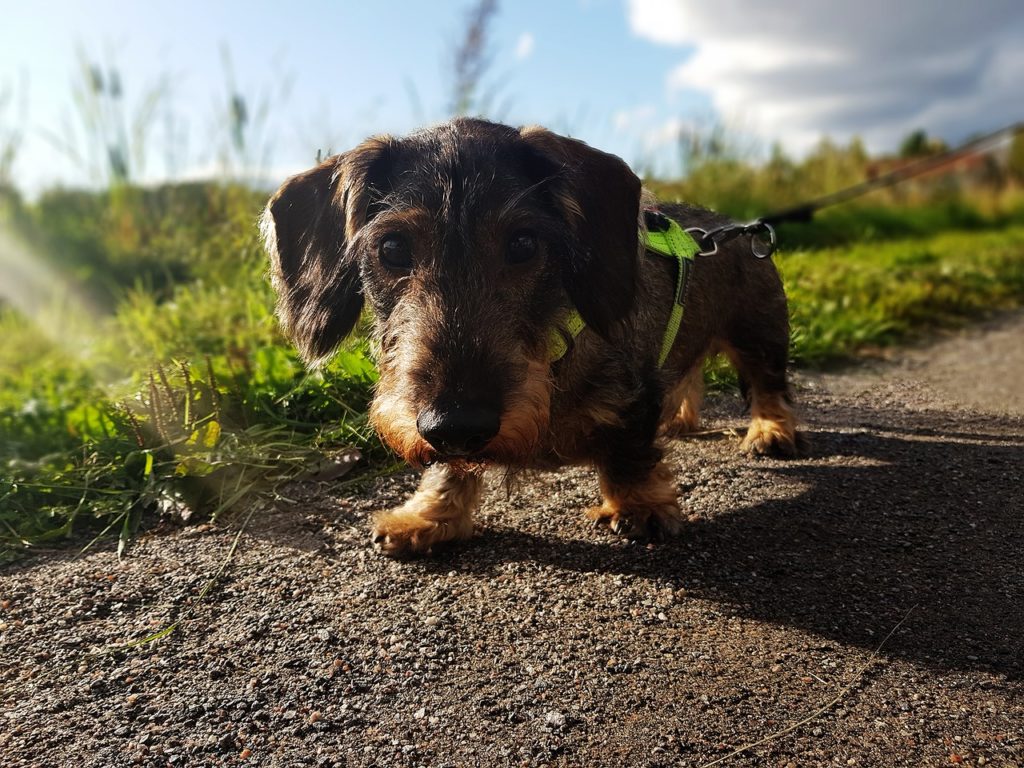How To Stop a Barking Dog

Courtesy of Christels @ Pixabay
A constantly barking dog is a real irritation to everyone in the neighborhood. Most people don't want to set off their neighbors so it's of utmost importance to teach your dog a little decorum. There a few ways you can go about teaching your pet to stop barking. But, the best method may be a combination of lifestyle and environmental changes with some obedience training.
What Makes a Dog Bark?
So, you'll need to start by identifying the cause of your canine's hollering before you can eliminate it. Many dogs bark as a form of communication. A yip can mean 'let's play.' A woof can be a bid for more pets. However, these occasional noises don't cause problems. It's when a dog loudly and repeatedly barks without heeding your calls to stop that they really start to annoy people. These barks have a few different causes, such as:
- Warning Off Strangers: Dogs view the house and yard as a part of the pack's territory. So, when an animal or stranger comes into it this can trigger barking to alert the whole household.
- Anxiety: When dogs get nervous or have separation anxiety, they may bark desperately to try and get you to come to them.
- Excitement: A high-strung or energetic dog barks whenever something happens, from visitors to boredom and to play.
How to Make It Stop?
You've got multiple methods for dealing with a barking dog. If your pet is territorial, simply blocking their view of the front yard with curtains, shades, or furniture may work. They will still hear visitors at the door, but won't be as prone to bark at people and animals passing by. Give them an alternate view of the back and side yards, so they can still check out what's going on in the outside world.
Here are a few other easy changes to consider:
- Don't yell at a barking dog. This may be interpreted as you 'barking' along with your pet.
- Stay calm and speak softly. If your dog is easily agitated or excited, counter this by being relaxed.
- Give young, active dogs at least an hour of exercise daily in the form of playtime and walks.
- Consider giving your dog their food in a slow feeder bowl or an interactive chew toy to keep their minds engaged and distracted.
- Play the radio or television. It may seem silly to have the TV on for your pet, but a soft background noise can help mask sounds from outside that might trigger barking.
- Ignore the barking. Not acknowledging it when your pet is going nuts is hard, but this can be the best way to get them to calm down faster.
Following these tips changes the way you interact with your pet and how your pet lives, which can do a lot to minimize barking. These suggestions work especially well for territorial and excitable dogs. With them, it's all about distraction and wearing them out at the dog park.
Desensitization Training
When you have a hard time calming your dog down or he or she is overly excitable and territorial, you might want to try desensitization. You'll have to work closely with a barking dog to get them used to a person or object within their territory. However, the reward is a much calmer and quieter pet.
Let's get started!
- Position a friend your dog doesn't know, or the offending object at a distance. This person or thing should be far enough away that the dog doesn't start barking. It's usually good to position your pet wherever they normally bark, such as at the front door.
- Start feeding your pet small amounts of treats. Basically, give enough to keep him or her distracted.
- Move the person or object a closer by a few feet. If your dog doesn't bark, great! Keep feeding him or her treats and have the person or object move a little closer.
- Stop feeding treats when you dog barks. Now, wait for your pet to calm down. This may take a while. Just don't move the object or person back. You don't want your dog to be rewarded for barking by having the offending person or thing go away.
- Feed treats when your pet calms down and try moving the person or object closer again. You may even try to bring a person inside the home.
- Don't overdo it. This person or object upsets your pet and can cause anxiety, fear, or even make them lash out by biting if they feel cornered.
- Pay close attention to your pet and stop the session when you feel they are getting overly anxious.
You'll need to repeat these sessions multiple times to help your dog become accepting of whatever person, animal, or object is making them bark. Remain consistent in giving treats each time, as this will reinforce the idea the object is good.
The "Speak" & "Quiet" Command
You may also want to experiment with teaching your dog the speak and quiet commands. Once your pet learns to speak, you teach him how to stop speaking, so these commands pair nicely.
- Take your dog to a quiet, neutral space to remove any distractions.
- Hold up a treat or beloved toy and say "Speak". You'll probably have to do this a lot while your dog tries different things to get the treat.
- Give your dog the treat when he or she does finally bark.
- Repeat by holding up another treat and saying the command again. You'll want to go over this command during a few sessions to strengthen it. Next, you can start working on the Quiet command.
- Give your dog the Speak command while holding the treat. After your dog starts barking, say, "Quiet".
- Wait until your dog stops barking, and keep saying quiet. When the dog stops, give him or her the treat.
- Repeat this process over and over until your dog can reliably speak and be quiet.
Some dogs are stubborn or their owners don't quite get what is making their pets continue to bark. When this happens, you may want to try out the RAPT Method for training an untrained dog. A good series of obedience training videos can help you better understand your dog and help your pet better understand what you want!





